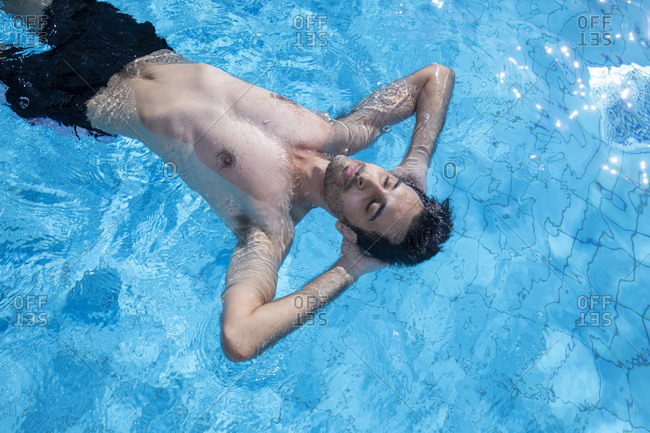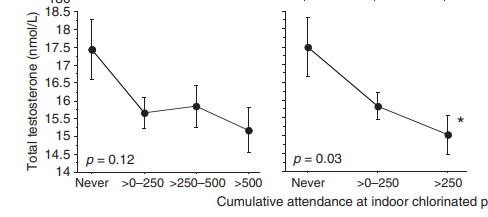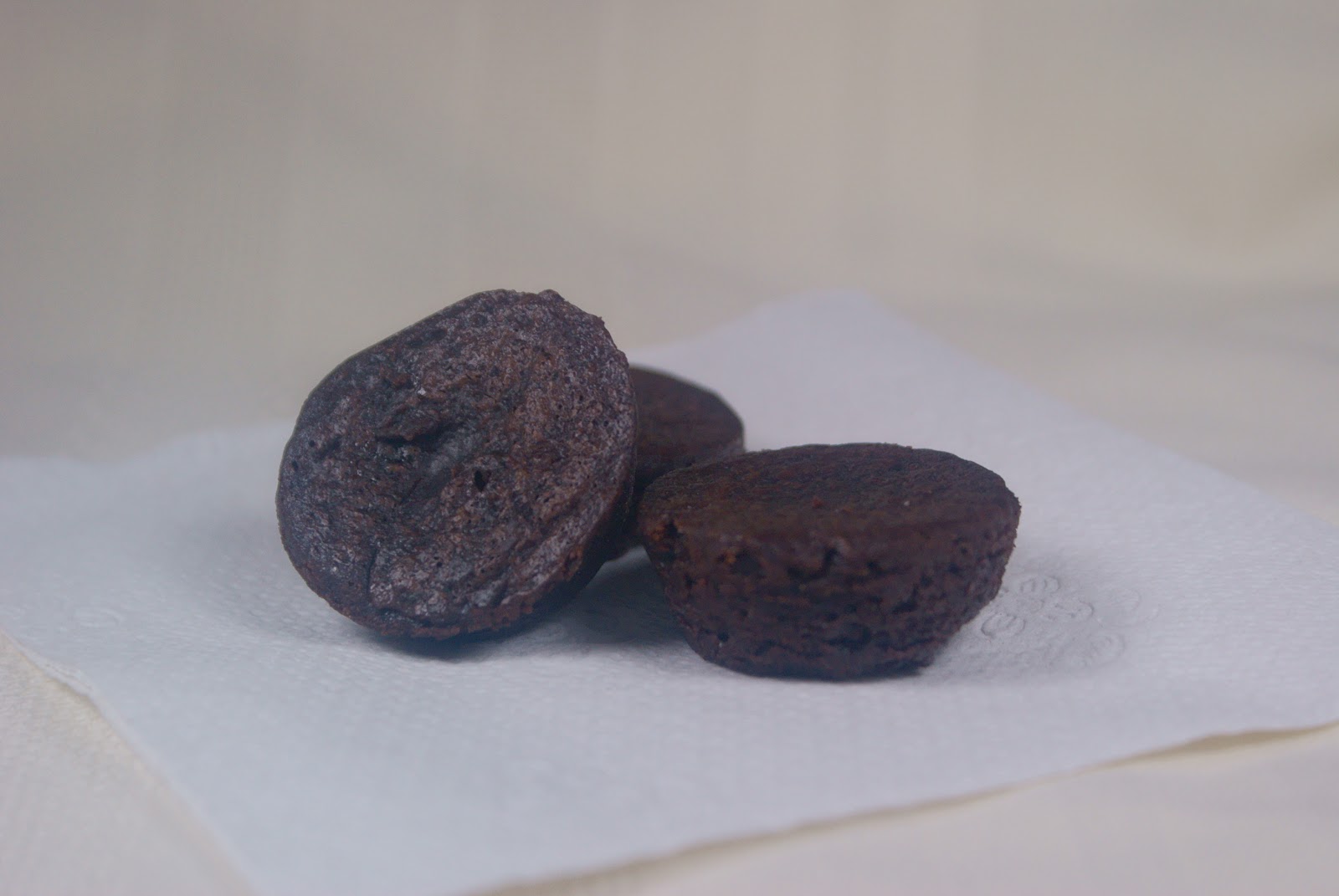We’ve been doing this all summer…
Unsubscribe | Report as spam | Change email preferences
Does this 1 fun activity kill your testosterone?
You all know how beneficial exercising is for your health by now.
Of course, there are different ways to exercise.
Some people like to walk a lot; others do yoga, and others lift weights.
There is no doubt that all of them are beneficial.
But there is this one exercise…
…that’s fun, rewarding, and yet simple.
Swimming.
Swimming is a type of exercise where you actively use your whole body.
It is a wonderful all-round activity because it:
- keeps you fit
- improves your cardiovascular fitness by increasing your heart rate
- tones muscles
- reduces stress
- enhances coordination and corrects your posture.
And, of course, most importantly.
It’s fun!
Of course, swimming requires one important thing – a place.
It could be the ocean, it could be the sea, it could be a lake, it could be a pool.
I don’t know which one you have access to, but…
… if you have a pool and you use chlorine to clean it, listen to what I am about to tell you.
Because you may not look at your chlorinated pool the same way afterward.
This study was conducted at the Catholic University of Louvain, Belgium. It was published in International Journal of Andrology.
Chlorine is a chemical element and a member of halogens.
It is also a popular tool for pool sanitization.
Chlorine prevents the growth of algae and kills other bacteria and germs that could harbor the pool.
It does the job, but as the saying goes, every magic comes with a price.
Chlorine is harmful in its pure form because it displaces iodine – a crucial element for the thyroid gland.
But it’s also harmful when it forms toxic by-products, like chloramine and various short-chain halogenated
hydrocarbons (CPBs).
And that happens when it gets into contact with human sweat, urine, or saliva in pools.
Previous animal experiments have shown that CBPs and chloramines harm male testes and hormones.
So the researchers of this study wanted to experiment this in humans.
And here’s how they did it:
They enrolled over 300 long-time swimmers from 2 middle schools.
Both schools had similar conditions and students from similar socio-economic backgrounds.
But these two schools had a fundamental difference.
One school had a chlorinated pool, whereas the other had a pool disinfected with copper-silver ionization.
The researchers conducted extensive tests on these male students – to see if they differed regarding health parameters.
They found that the most significant difference was in inhibin B and total testosterone markers.
Inhibin B is a hormone that is produced in the testis.
It is a marker of male fertility and gonadal function.
Low serum Inhibin B means spermatogenesis and hormonal production are not working properly.
“By applying such markers in a cross-sectional study on male adolescents, we unexpectedly found strong inverse associations between the serum levels of inhibin B and total testosterone and the cumulative attendance of indoor chlorinated swimming pools. “
Students with access to a chlorinated pool had an average of 20% lower levels of these hormones.
“Subjects with the highest pool attendance during childhood had concentrations of inhibin B and testosterone on average 20% lower than those who never attended indoor chlorinated pool.”
These students had more than 3 times more susceptibility have abnormally low markers.
“These adolescents were about three times more likely to have abnormally low inhibin B or testosterone levels in serum.”
And the lower hormone levels were directly proportional to how often they went in the pool – those who spent more time in the pool had less testosterone and inhibited B.
Some of the reasons for these results, according to the researchers, were:
- These toxic by-products damage the testes, especially Leydig and Sertoli cells
- Chloramine disrupts the blood-testes barrier
“These CBPs might quite conceivably damage the testes, especially the Leydig and Sertoli cells, which have long been known to be sensitive to toxic insults”
“Another potential target of CBPs and in particular of chloramines is the blood–testes barrier. (…) Chloramines are indeed membrane penetrating oxidants that can rapidly open tight junctions.”
Yes, swimming is an excellent exercise, but unfortunately, not in a chlorinated pool.
“This type of pool contains substances detrimental to the testes.”
So I have two suggestions for you, either disinfect your pool with copper-silver ionization…
…or choose natural places that Mother Nature has granted you to swim in.
It’s been years since I’ve been in a chlorinated pool.
I’ve never liked the taste or smell of chlorine anyway.
This study proved that my instincts were right.
—-Important Message—-
Pop this in your mouth before getting busy with a girl
I found a way to raise testosterone naturally…
I call them Booster Bites and you can bring them with you anywhere.
They work by stimulating the Leydig cells in a man’s testes. The Leydig cells make your own natural testosterone…
But…these cells have stopped producing testosterone in many men 50 years old or older…
———-





